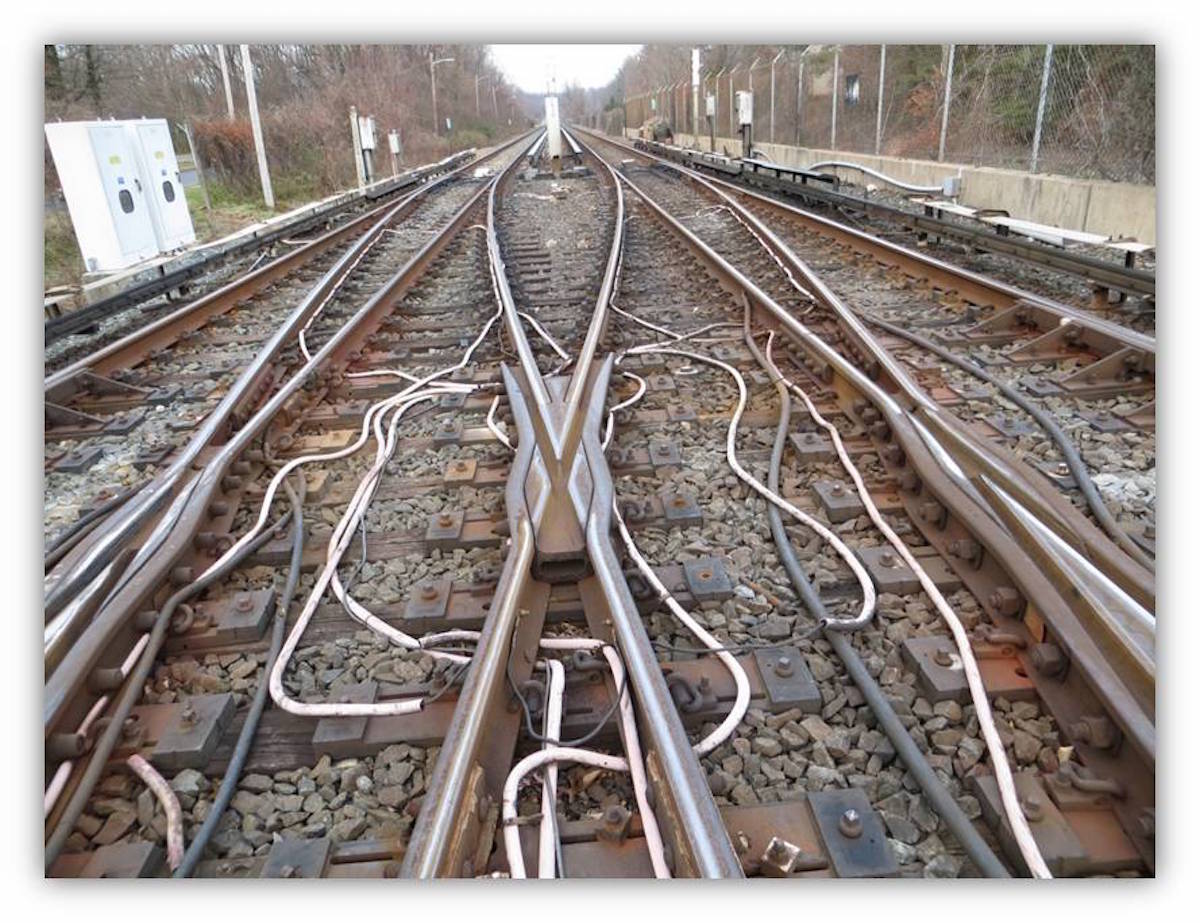

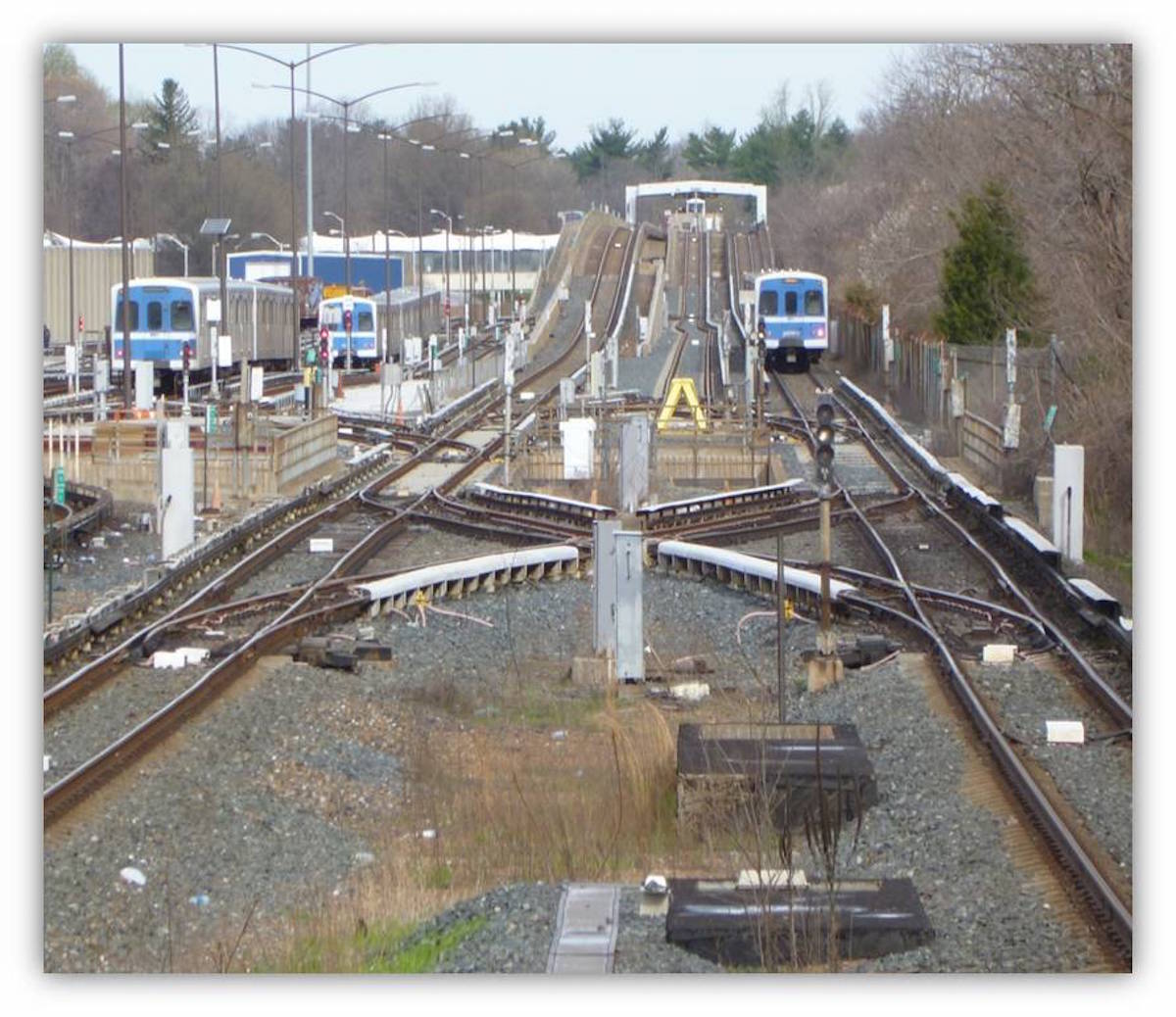
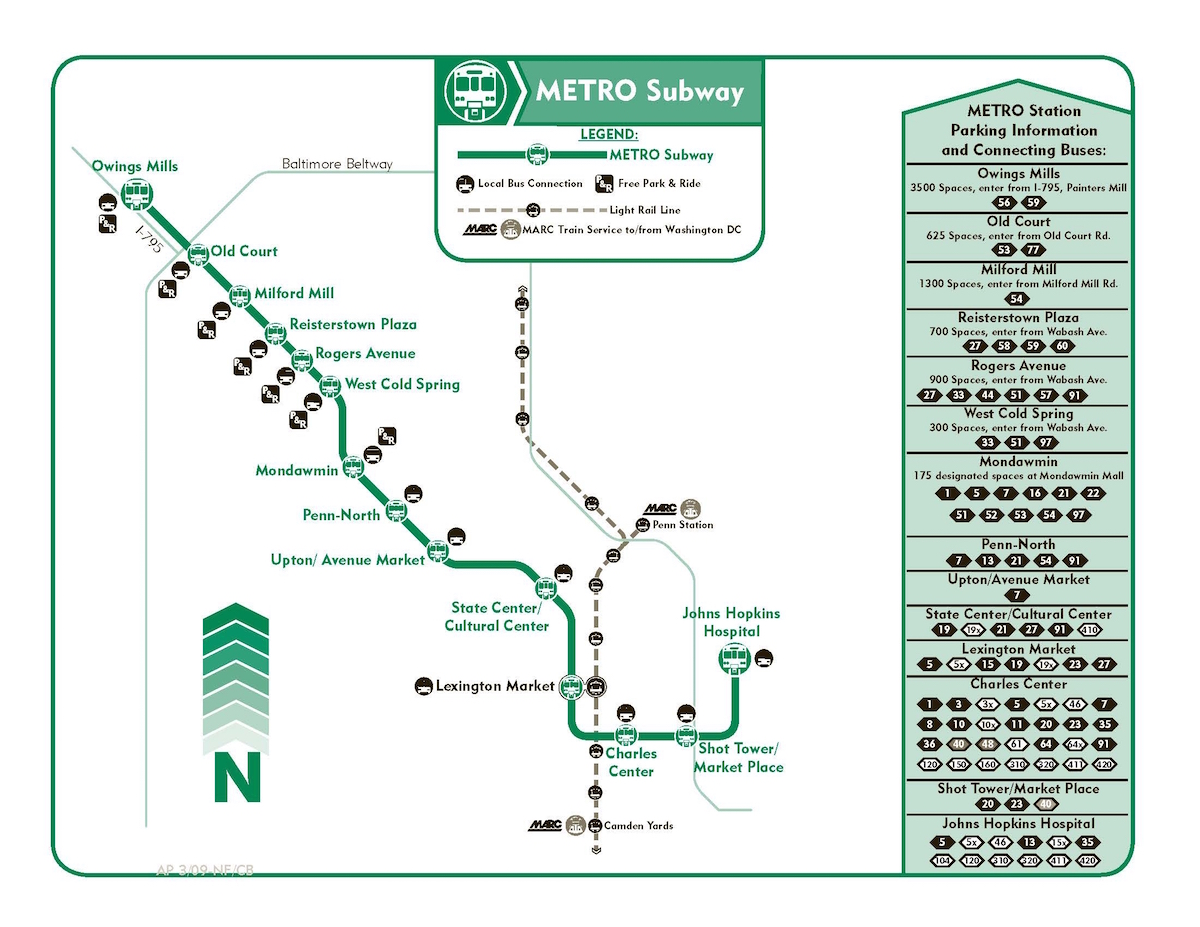
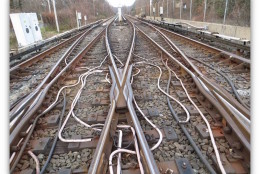
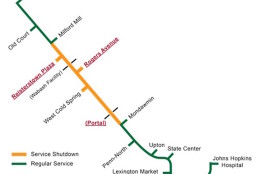
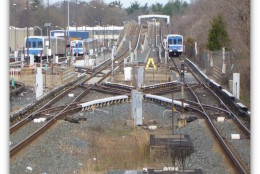
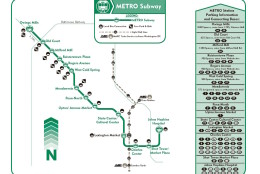
WASHINGTON — It’s not just WMATA shutting down stations for lengthy track work this summer, Baltimore’s Metro Subway enters a major round of track work Friday evening that will shut three stations in the middle of the system for more than three weeks.
The work in Baltimore’s 14-station subway focuses on rebuilding three interlockings, similar to the switch replacement the D.C. area system has focused on in work zones like one last month near Stadium-Armory.
Maryland Transit Administration Deputy Administrator Suhair Al Khatib explained that the interlockings allow trains to move from one track to another near each of the three stations that are closed, and none has been rebuilt since the system opened in late 1983.
“They are over 30 years old, and they are reaching the end of their life cycle, and they needed to be replaced,” Al Khatib said.
From 7 p.m. Friday through closing on Sunday, Aug. 14, the Reisterstown Plaza, Rogers Avenue and West Cold Spring stations will be completely closed. The MTA advises riders to plan up to an additional hour for each trip on shuttle buses around the closure, which will follow some lessons learned from Metro track work in the D.C. area.
The 60 to 70 shuttle buses in Baltimore are school buses rented through a contractor that Al Khatib said do have air conditioning.
The subway work will also include replacing rail, station cleaning and other maintenance in the shutdown area.
“We’re going down to basically the near foundation of these tracks, replacing drainage systems — so a kind of total overhaul of these parts of the tracks that are critical to the safety of our trains,” Al Khatib said.
Without the extended shutdown, he said the work would have taken about a full year of disruptions.
After the work is done, the MTA expects trains will be able to move more quickly and more reliably through the area.
Amalgamated Transit Union Local 1300 President David McClure said in an interview that rotting rail ties and other track issues have led to speed restrictions in stretches that slow trains to about a third of their maximum speed.
“It’s not enough. I think it’s just a dog and pony show, and smoke and mirrors here,” McClure said. “It’s like putting a Band-Aid over this.”
He has separate concerns about the cleanliness of stations: wires hanging down over emergency exits he says are locked and “rats that look like baby kangaroos.”
“Someone is going to die down there; they just don’t understand the urgency of what needs to happen,” McClure said.
The MTA says regular inspections and maintenance are done to keep riders safe.
There are no short-term plans for additional complete weekslong shutdowns to work on other parts of the aging system.
“The rest are pieces that we can handle while in service, on regular weekend shutdowns,” Al Khatib said.
He is also in charge of the MARC rail system, which he said has been prepared for the impact from the D.C. area Metro track work so far, including the 2,000 or so additional riders each day during the complete shutdown of the Blue, Orange and Silver lines last month.
“We kinda geared ourselves for about 4,000 additional riders; we got 2,000, so the trains were busy but they were not crush load,” he said.
Any more than 4,000 would have made operations difficult with passengers squeezed in tightly, since even with 2,000 additional riders many trains ended up standing-room only.







